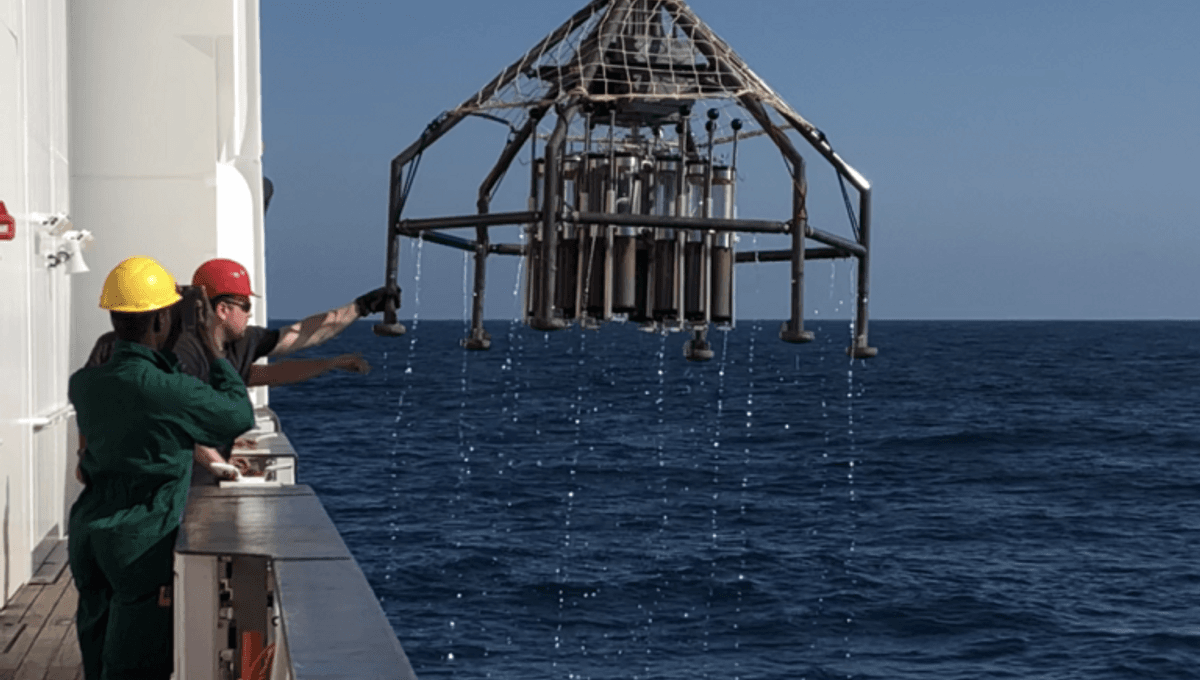
Deep-sea researchers have found polychlorinated biphenyls (PCBs) – a human-made, carcinogenic pollutant – at one of the deepest points on planet Earth, the Atacama Trench in the Pacific Ocean. This is despite the chemical being widely banned in the 1970s, indicating just how long this potent environmental scourge can continue to linger.
Environmental scientists at Stockholm University and the University of Southern Denmark studied sediment cores from five different locations in the Atacama Trench at a depth of 8,000 meters (26,246 feet) below sea level.
They found PCBs in every single sample.
While the levels of the chemical were relatively small, the researchers say it’s concerning they were even found at this extremely remote location.
“It is thought-provoking that we find traces of human activity at the bottom of a deep-sea trench; a place that most people probably perceive as distant and isolated from our society,” Professor Ronnie N. Glud, study author from the Director of the Danish Center for Hadal Research at the University of Southern Denmark, said in a statement.
PCBs are a broad family of human-created organic chemicals that were used for a variety of industrial processes and consumer products in the 20th century. They were used as coolants and lubricants in transformers, capacitors, and other electrical equipment, as well as plasticizers in paints, plastics, and rubber products.
The chemicals were eventually banned in the US in 1979, then later globally after it became apparent how these chemicals harm human health and the natural world. One of the main worries is that there’s very strong evidence the chemicals are linked to cancer. It’s also likely they affect the reproductive system, nervous system, and endocrine system.
As a further concern, PCBs are tough to break down and can persist in the environment for a very long time, passing from animal to animal via the food chain.
“In our study, we saw that the sediment at the deepest locations in the Atacama Trench had a lower proportion of easily degradable organic carbon. We also found that there were higher concentrations of PCB per gram of organic carbon in sediment deeper in the trench. This is due to the fact that the sediment’s organic carbon is degraded, but PCB, which is more long-lived, remains and can therefore accumulate,” added Professor Anna Sobek from the Department of Environmental Science at Stockholm University.
In the next part of the research, the same team will be headed north in the Pacific to take samples from the depths of the Japan Trench, hoping to reveal whether a similar situation exists there.
“In future studies, we will also study the uptake in bottom-dwelling animals to try to understand how pollutants spread and can affect the food web in the deep sea trench. We will also study how the microbial community in the deep sea trench may contribute to the degradation of certain pollutants,” said Sobek.
The new stud was reported in the journal Nature Communications.
Source Link: Human-Made Toxin PCB Found Lurking 8,000 Meters Deep In The Ocean